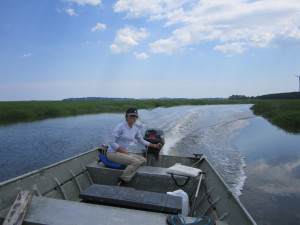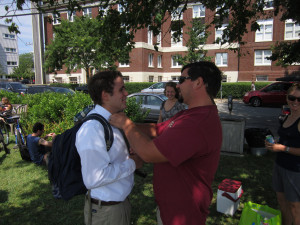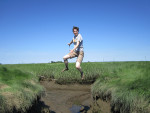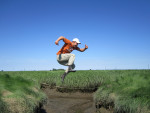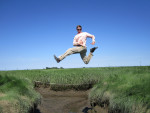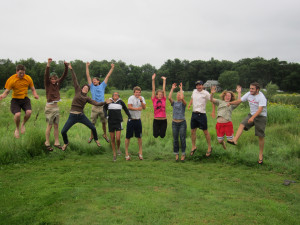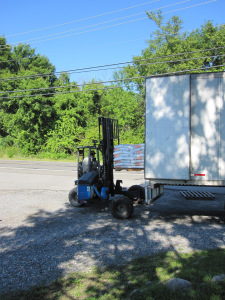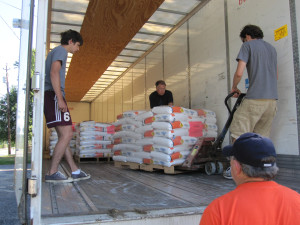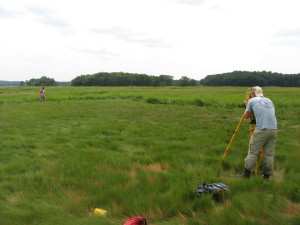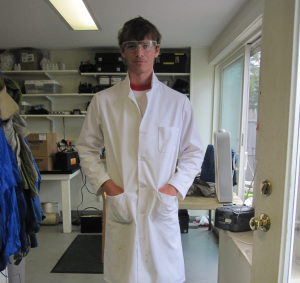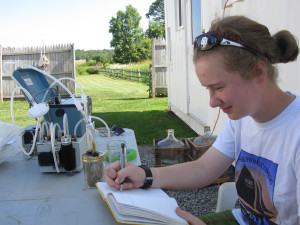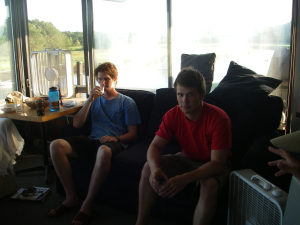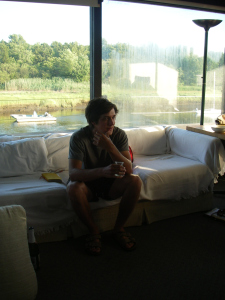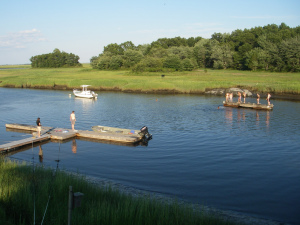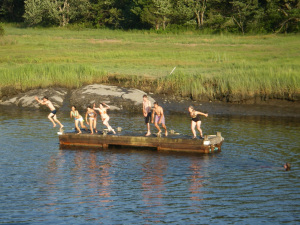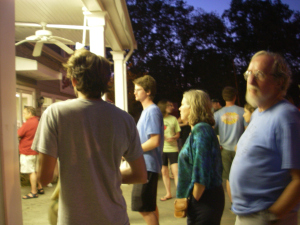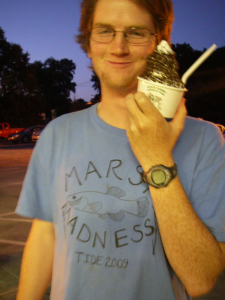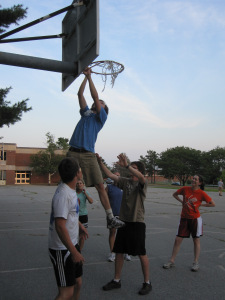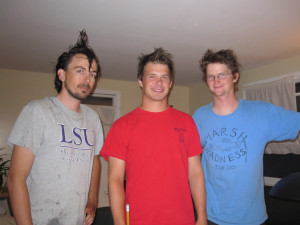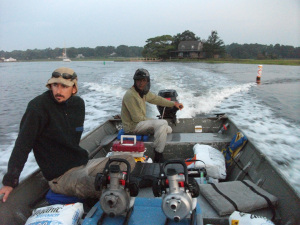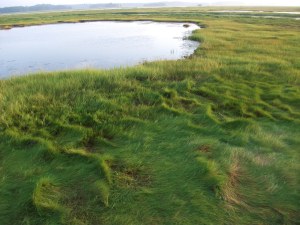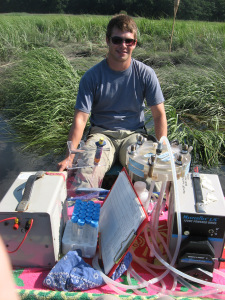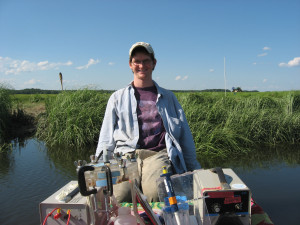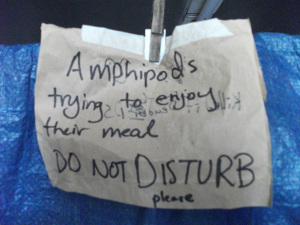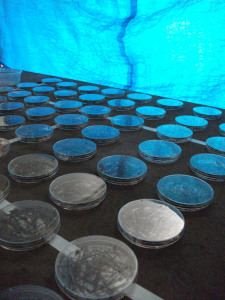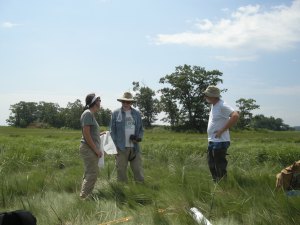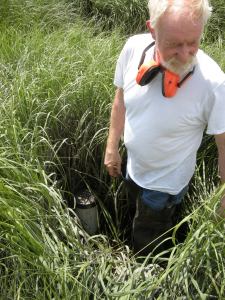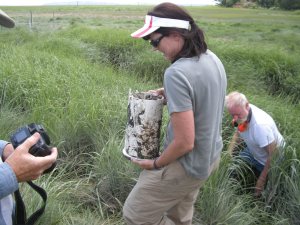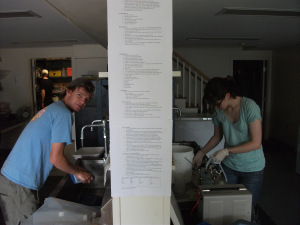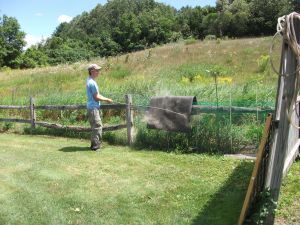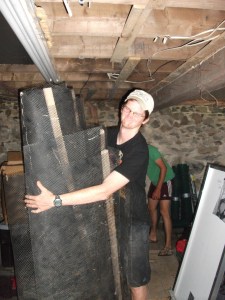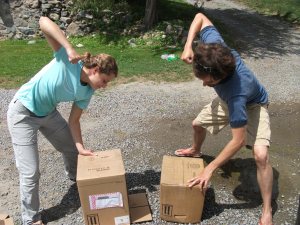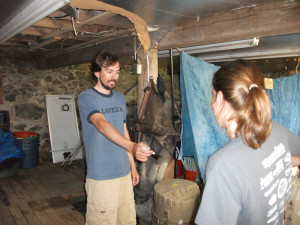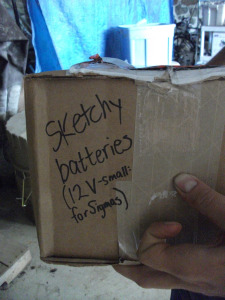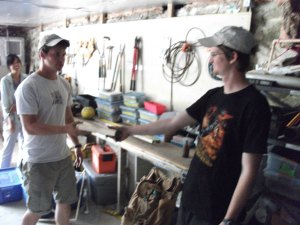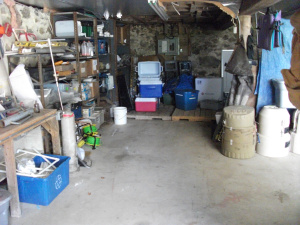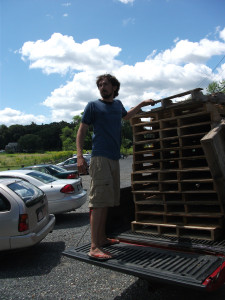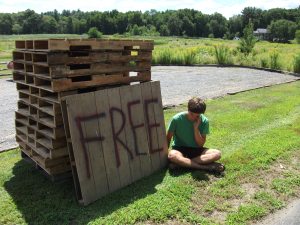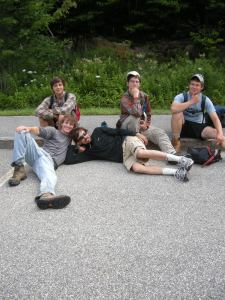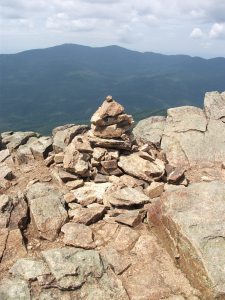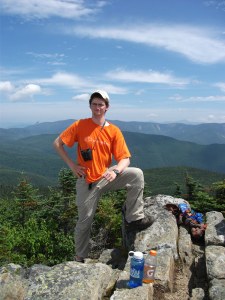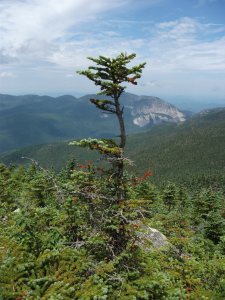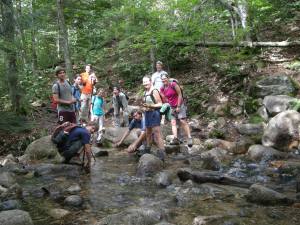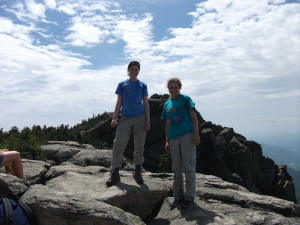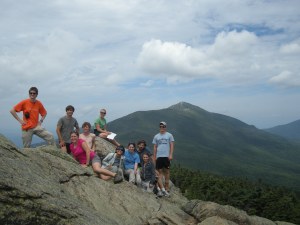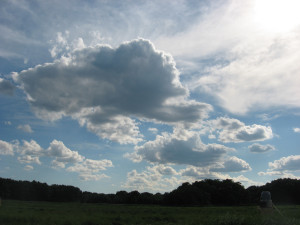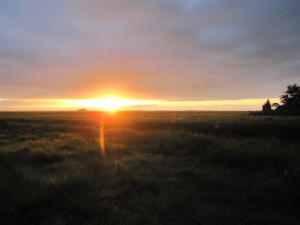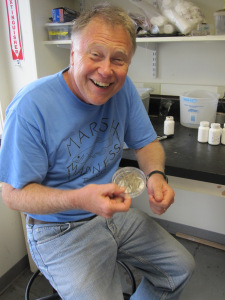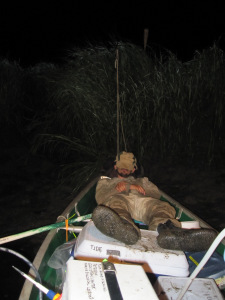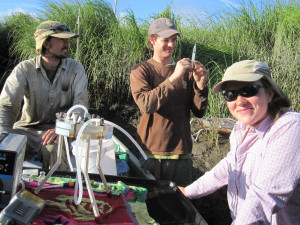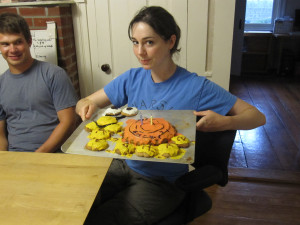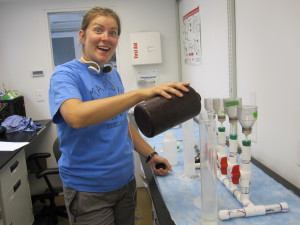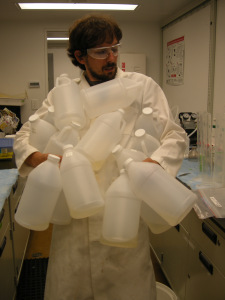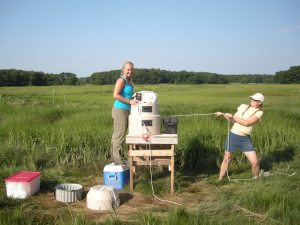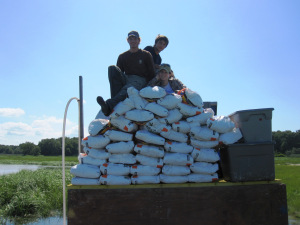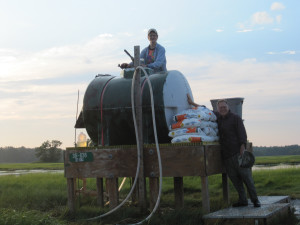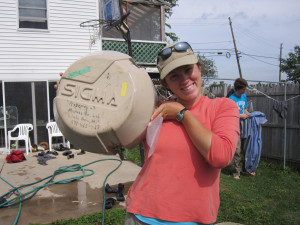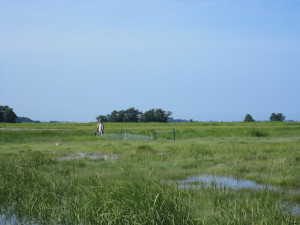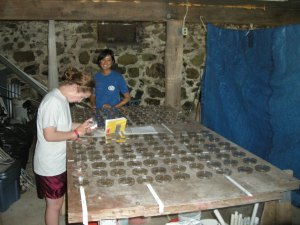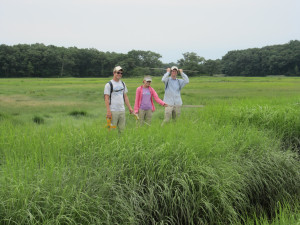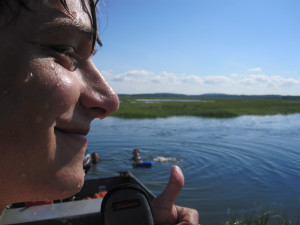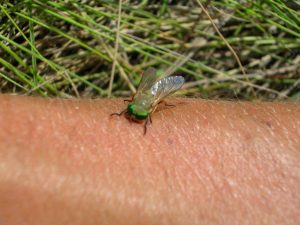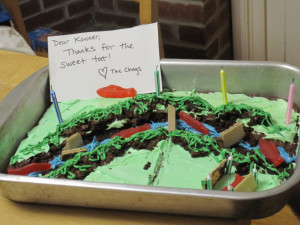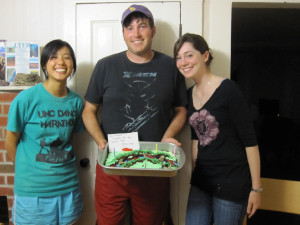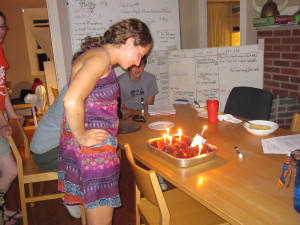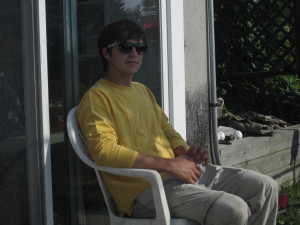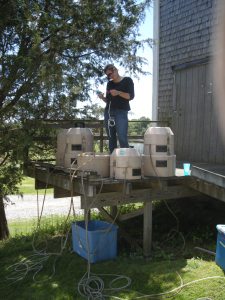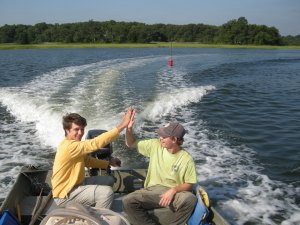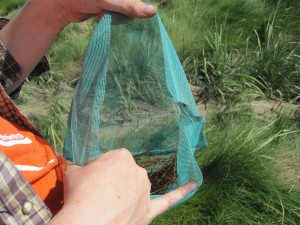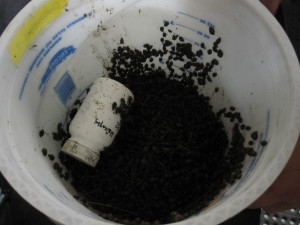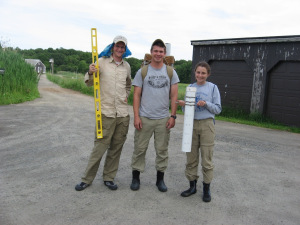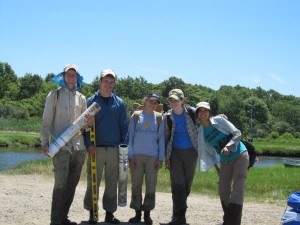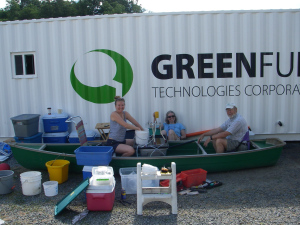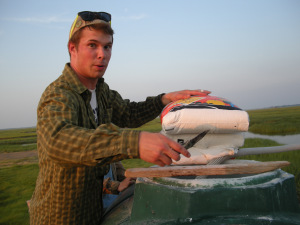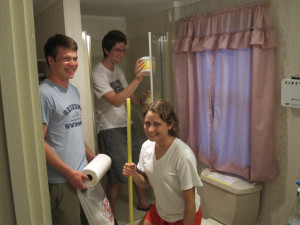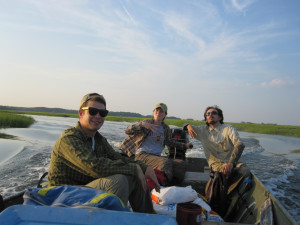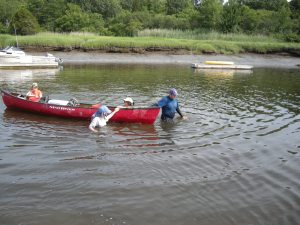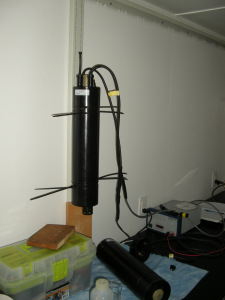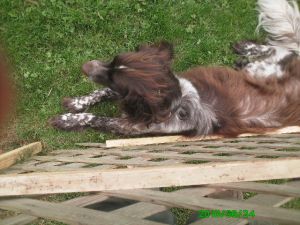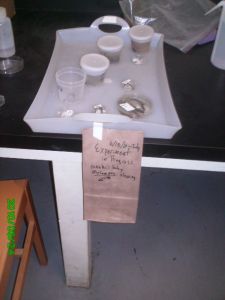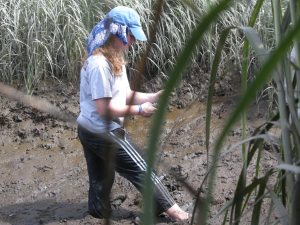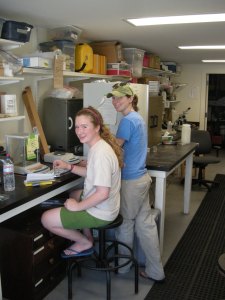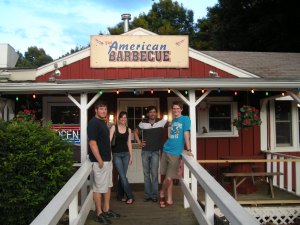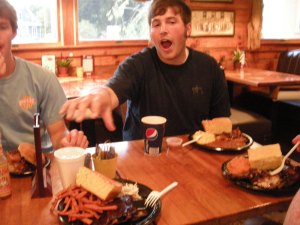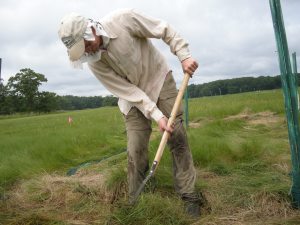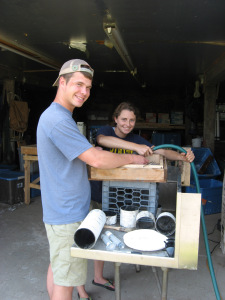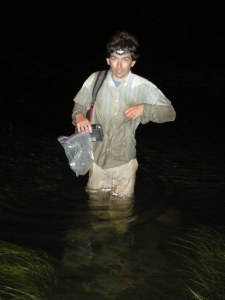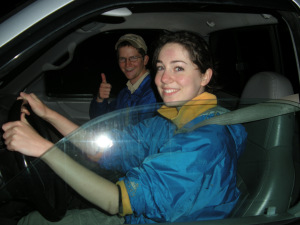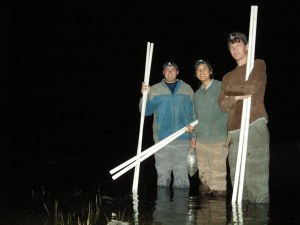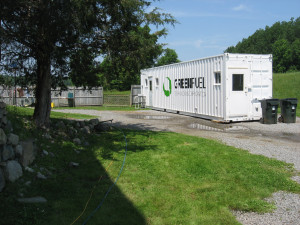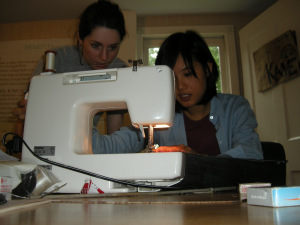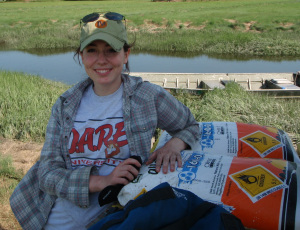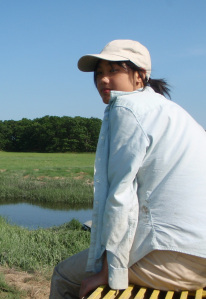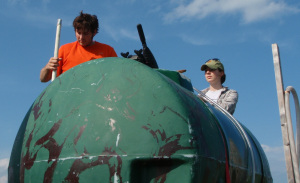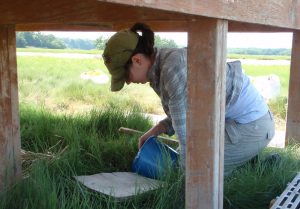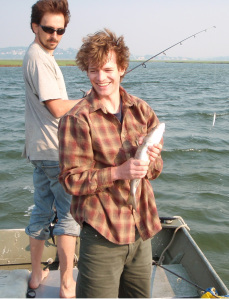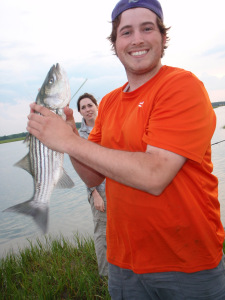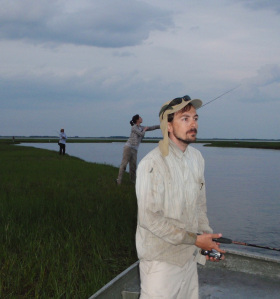The marsh has browned and we’ve had snow on the ground since last we wrote. While we have not been up-to-date with our posts, rest assured that as the last green leaf of Spartina fades to brown it has seen a whirlwind of work.
Lest you’ve forgotten, the TIDE project is a long-term, large-scale fertilization project in the salt marshes of the Plum Island Estuary, MA.
On with the show.
I have had the fortune of spending 9 summers in the marshes of Plum Island as part of the TIDE project. Each year I am impressed by the summer field team (undergraduate and graduate students and a post-doc sprinkled here or there). I’m also impressed that these individuals come to this land of marsh to live together, work in the mud, the sun, and the bugs together and play together without any murderous eyes at the end of the summer. This project has been incredibly fortunate to have such hard-working and good-spirit people working on it. And this summer was no exception. Below is the 2011 summer crew.
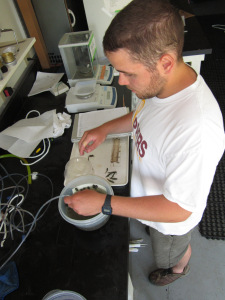
Eric Kretsch was an REU as part of the Plum Island LTER and is a student at U. of Rhode Island. He worked closely with Jimmy Nelson, a post-doc, and looked at fish and shrimp community structure in the tidal creeks.
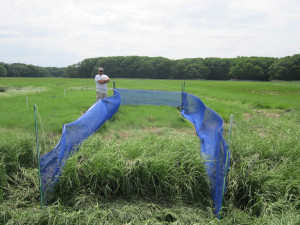
Jimmy Nelson is a post-doc on the Plum Island LTER and his research is focused on the production and export of secondary production in the form on nekton from the tidal creeks. That is, he looks at how much fish and shrimp biomass the marshes create and how much is then exported to the surrounding waters. I study invertebrates. So Jimmy studies fish and I study bait.
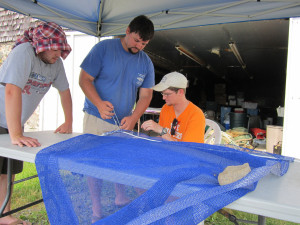
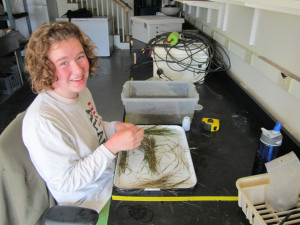
Imogene Robinson was a high school intern from the Governor’s Academy in Byfield, MA. 2011 was her second year on the TIDE project. She was fearless in the field and worked with everyone on the project. We don’t know how we could have made it without her!
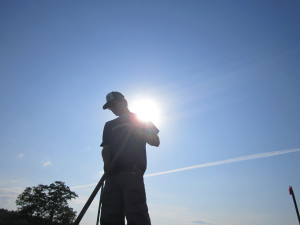
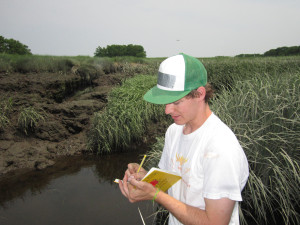
Austin Ritter joined TIDE in 2010 and came back in 2011. He worked with Dr. Sallie Sheldon of Middlebury College to look at benthic algal production in the tidal creeks and began his undergraduate thesis this year on the subject.
Anjali Merchant is also from Middlebury College and worked with Dr. Sheldon. Anjali looked at the benthic algal communities.
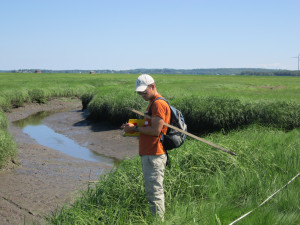
Erik Yando joined TIDE in 2010 and returned in 2011. He worked with Dr. Scott Warren from Connecticut College to examine the response of plant communities to nutrient enrichment.
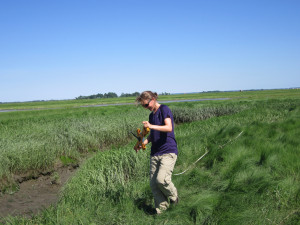
Clara Chaisson is an undergraduate at Connecticut College and worked with Dr. Warren on estimating Spartina alterniflora production over the growing season.
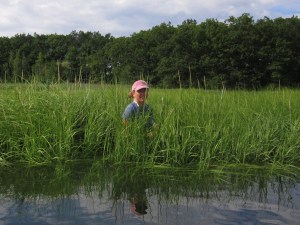
Kate Morkeski is a Master’s-level research assistant at MBL and works closely with Dr. Bruce Peterson to look at marsh biogeochemistry.
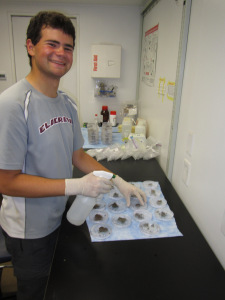
Mike Lerner was an intern from Michigan University and his project focused on finding the presence of Burkholderia, a genus of microbe used in pollution remediation.
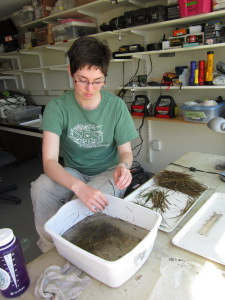
Meghan Short joined the TIDE project as an unpaid intern in 2009, just after her freshman year at Brown. In 2011 she started work on her undergraduate thesis focused on above- and belowground decomposition dynamics of the high marsh plant, Spartina patens.
In August, Eric, Meghan, Clara, and Austin presented their work at the MBL Undergraduate Symposium. TIDE and the Plum Island LTER were well represented! Above, ‘big brother’ Jimmy fixes ‘little brother’ Eric’s tie.
I just like these photos.
Below are a series of photos featuring Chris Haight. Chris joined TIDE in 2009 working with Dr. Warren at Connecticut College to look at plant communities. He returned in 2010 to look at plastic degradation in the marsh. In 2011 he was hired as a Research Assistant and he was central to making the project run smoothly this year. I dubbed him Tide Executive Facilitator but he should have been called Mr. I-can-do-it!. No matter the hour, the weather, the job or how long he had been working, Chris always said, “I can do it” when someone needed help or something needed doing. Chris was a great TIDE Executive Facilitator and made everyone’s life much, much easier. And as you can see below, he had a good time doing it. Thank you Chris!!
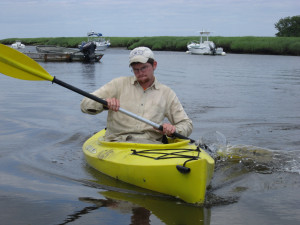
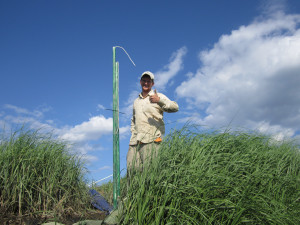
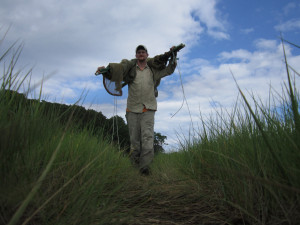
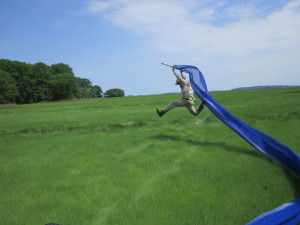
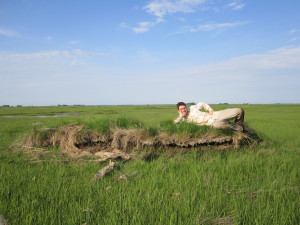
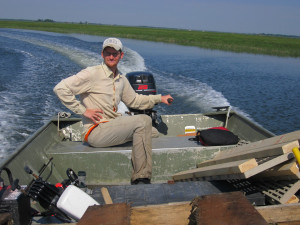
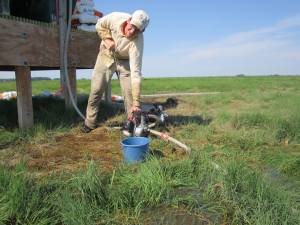
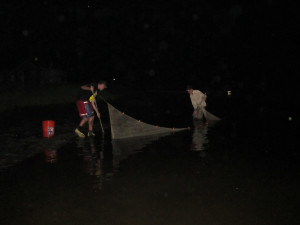
Below is most of the field crew from 2011 (Jimmy was absent on picture day). To the field crew I say Thank You. I, as well as the PI’s on the TIDE project (Linda Deegan, Bruce Peterson, John Fleeger, Scott Warren and Linda Deegan), appreciate your hard work and sharp minds. Without you and others preceding you, this project would not exist. Thank you.
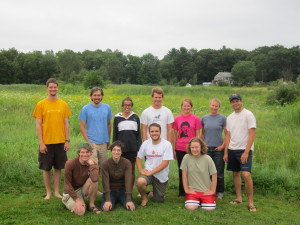
Until next season…
– David
